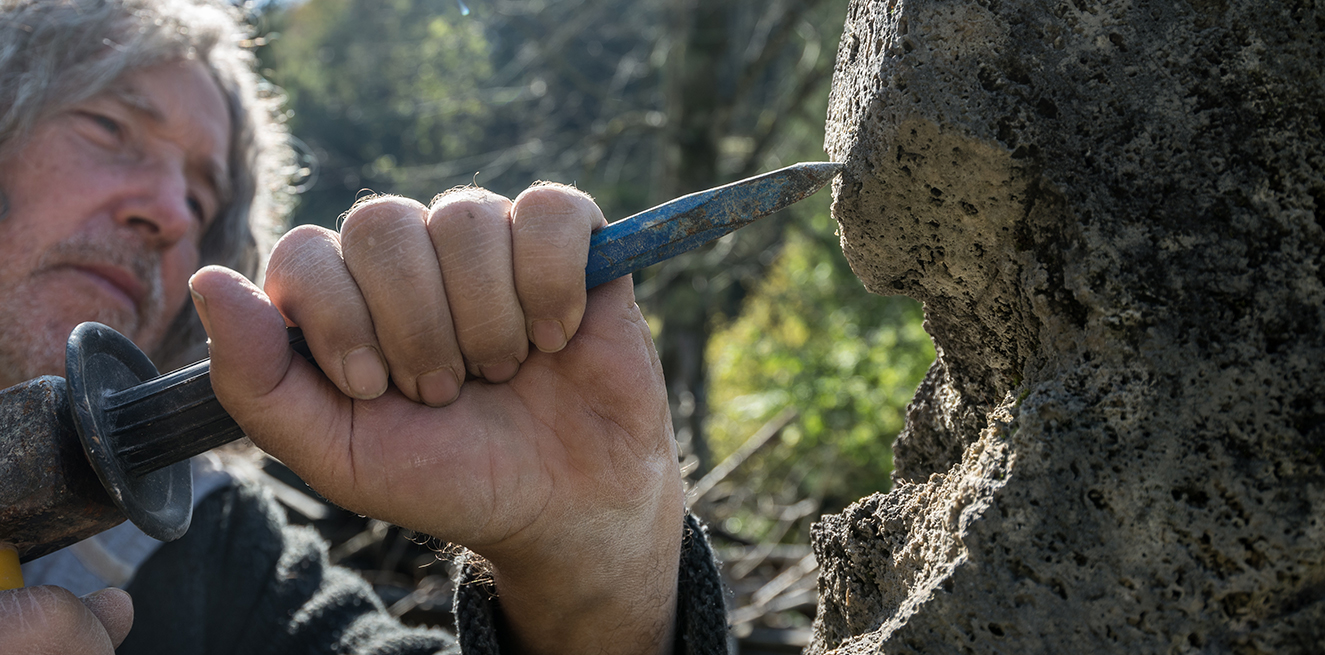
Debt is something most everyone deals with at some point during their life. The size of that debt may range from the cost of a new sweater to a home mortgage. Whatever the case, knowing how to handle personal debt is important for maintaining healthy finances over the long term.
Are You in Too Much Debt?
To evaluate your debt situation, start by asking yourself these questions:
- Is my credit card balance growing?
- Am I paying only the minimum on my bills or am I missing payments altogether?
- Do I spend over one-third of my income on paying off bills, loans, etc.?
These are warning signs that you may have taken on more debt than you can afford.
If you are juggling substantial debt, it is important to know that you are not alone. At the end of 2018, the average overall debt held by U.S. households with any kind of debt was $135,065 and the average credit card balance among households with credit card debt was $6,741.1 It is also important to know that while debt may seem like an unshrinkable mountain, it can be diminished one piece at a time.
How to Master Your Debt
Step One: Document Your Income.
Look at your paychecks and assess how much money is coming in after taxes on both a monthly and an annual basis. Do the same for any other sources of income you may have.
Step Two: Document Your Expenses.
Ask yourself:
- How much do I spend monthly on necessary items such as rent, food, insurance, gas, and electricity?
- How much do I spend on things like going to the movies, eating out and grabbing a latte each morning from the coffee shop?
Step Three: Document and Understand Your Debt.
For each loan and credit card, find out:
- What is the amount I owe?
- What is the interest rate?
- What is the payment schedule?
Use the information you’ve gathered to determine how much money you can dedicate to paying off your debt, as well as creating a timetable for doing so. From time to time, review your expenses to see if there are any new ways to allocate extra funds to reducing your debt. Also consider using cash instead of credit, and taking on a side job to help reduce your debt.
To tackle existing credit card debt, consider strategies such as paying off the card with the highest interest rate first, transferring your balance to a card with a lower interest rate, or paying more than the minimum amount.
Check out this MERS webinar – Strategies to Effectively Manage Finances – for more information and tips to set a budget and pay down debt.
It’s Worth the Effort
Having too much debt can leave you cash strapped and unable to handle a financial emergency or make progress on saving for retirement and other financial goals. In fact, close to 40% of households surveyed by the Federal Reserve Board in 2018 said they would not be able to cover an unexpected expense of $400 using cash, savings, or a credit card paid off at the next statement.
You can avoid such pitfalls by analyzing your spending, controlling expenses, and establishing a plan to reduce – and ideally eliminate – your debt.
12018 American Household Credit Card Debt Study,” Nerdwallet, December 2018.
